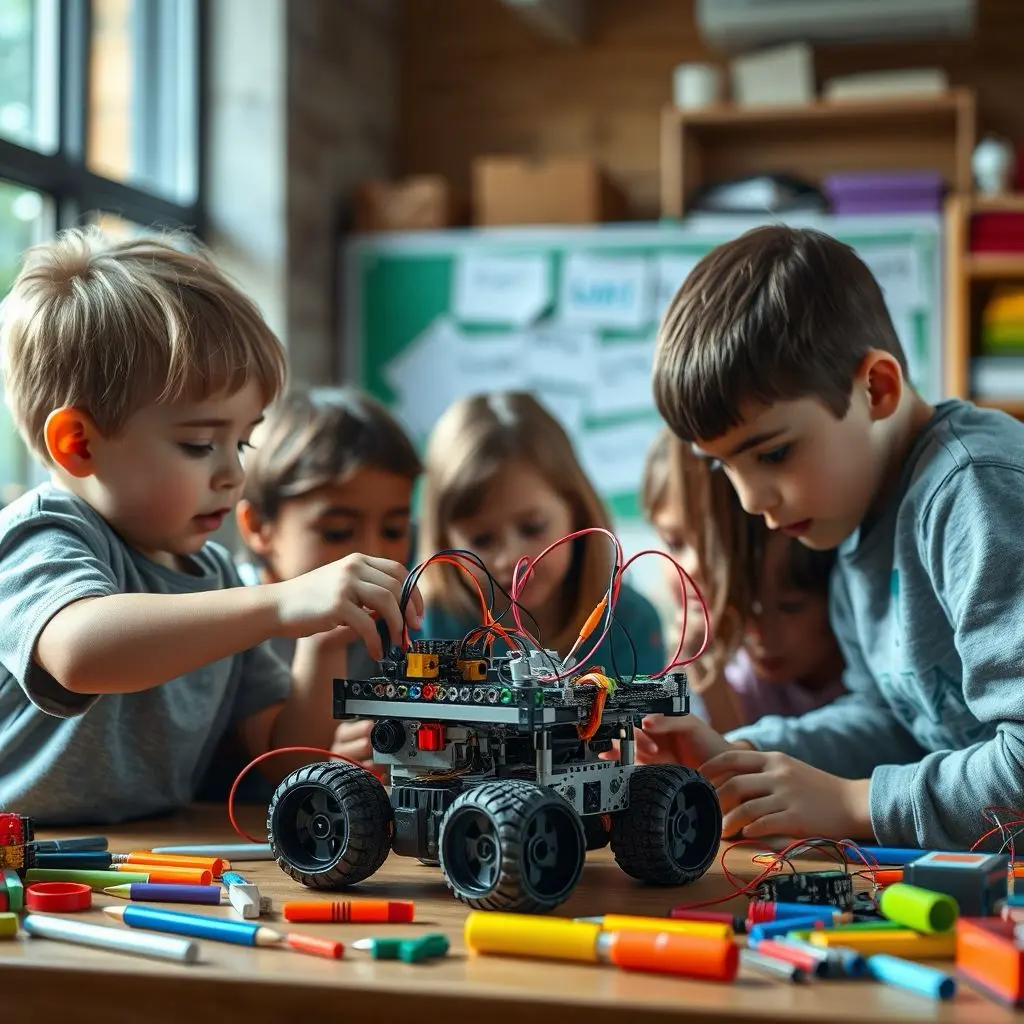Scratch is a visual programming language developed by the MIT Media Lab, designed to make programming more accessible and engaging for children and beginners. By using drag-and-drop coding blocks, Scratch allows users to create interactive stories, animations, games, and more — all while learning the basics of computational thinking and logic.
In this comprehensive tutorial, we will cover everything you need to know about Scratch: from setting up your account to building complex interactive projects.

1. Getting Started with Scratch
To start using Scratch, go to https://scratch.mit.edu and sign up for a free account. This platform works directly in your browser, so there’s no need to install software.
After creating an account, you will be taken to your Scratch dashboard. Click on “Create” to start a new project.
2. Understanding the Interface
The Scrat ch interface is divided into several key areas:
- Stage Area: This is where your project runs and displays what’s happening.
- Sprite List: Characters or objects (called “sprites”) in your project.
- Blocks Palette: Coding blocks divided into categories like Motion, Looks, Sound, Events, Control, Sensing, Operators, and Variables.
- Scripts Area: The space where you drag and drop blocks to create your code.
3. The Building Blocks of Scratch
Motion Blocks
Control how a sprite moves around the stage. You can:
- Move a sprite a certain number of steps
- Turn a sprite
- Glide to a location
- Point in direction or toward another sprite
Looks Blocks
Modify the appearance of your sprites:
- Change costumes
- Say or think messages
- Hide or show sprites
- Change colors
Sound Blocks
Add music, sound effects, and narration. Scratch has a sound library, or you can upload your own audio.
Events Blocks
These blocks detect when something happens (e.g., when the green flag is clicked or a key is pressed) and start a script in response.
Control Blocks
Control the flow of the program using loops (repeat, forever), conditionals (if, if-else), and waiting for a certain time.
Sensing Blocks
Allow your program to detect interactions such as touching a color, sprite, or receiving a certain input from the user.
Operators Blocks
Used for mathematical and logical operations like addition, subtraction, greater than, and combining text.
Variables & My Blocks
Store and update information and create custom blocks for more advanced functions.

4. Making Your First Project: An Animated Story
Let’s create a basic animated story in Scratch:
Step 1: Choose Your Sprites
- Click on the “Choose a Sprite” button and select a character and a background.
Step 2: Create Dialogue
Use “Say” blocks under the “Looks” category to make your sprite speak:
when green flag clicked
say "Hi, I’m learning to code with Scratch!" for 2 seconds
Step 3: Add Motion
move 10 steps
wait 1 second
turn 15 degrees
Step 4: Add Sound
Add a “meow” or any sound using the “play sound” block.
Step 5: Animate the Scene
Use costumes to make the sprite appear animated by switching between frames.
5. Game Development with Scratch
Let’s move on to building a simple game.
Game Idea: Catch the Apple
- One sprite is the bowl (controlled by the player).
- Another sprite is an apple that falls from the top.
Player Controls (Arrow Keys)
when green flag clicked
forever
if key (right arrow) pressed
change x by 10
if key (left arrow) pressed
change x by -10
Apple Falling
when green flag clicked
forever
go to x: pick random -200 to 200 y: 180
glide 2 secs to x: same y: -160
Detecting Collision
if touching (bowl)
then
play sound (pop)
change score by 1
6. Using Variables for Scorekeeping
Create a variable called “Score”:
when green flag clicked
set [Score v] to 0
Each time the apple is caught, increase the score:
change [Score v] by 1
7. Using Broadcast Messages
Broadcasts are used to trigger events between sprites.
For example:
scratchCopyEditwhen I receive [Game Over v]
hide
Useful for ending the game when time runs out or lives are lost.
8. Make It Interactive
Let players make choices:
scratchCopyEditask "What is your name?" and wait
say (join "Hello, " answer) for 2 seconds
9. Tips for Improving Your Project
- Use Backdrops: Make your project look appealing by adding a background.
- Use Sounds: Feedback and music keep players engaged.
- Use Comments: Help yourself and others understand your code by adding notes.
10. Sharing Your Project
When your project is done:
- Click on “File” → “Save Now”
- Then click “Share” so others in the Scratch community can view it.
Add instructions and notes to explain how to play or interact with your project.
Benefits of Learning Scratch
- Develops problem-solving skills
- Encourages creativity and imagination
- Introduces computational thinking
- Builds confidence in tech skills
- Prepares kids for learning Python, JavaScript, or AI
Teaching Strategies for Parents and Educators
- Encourage kids to build what they love (games, cartoons, quizzes).
- Pair Scratch with real-world learning (e.g., storytelling, math puzzles).
- Use resources like ScratchEd, ScratchJr for younger children, or the Scratch Wiki.
Scratch is more than just a tool — it’s a gateway to the world of technology and creativity. Through fun, interactive projects, children learn essential 21st-century skills. Whether you’re a parent, teacher, or young coder, exploring Scratch offers a rich and rewarding experience that lays the foundation for future learning in computer science and AI.
So start building, remixing, and sharing — because the best way to learn coding is by doing it with joy!